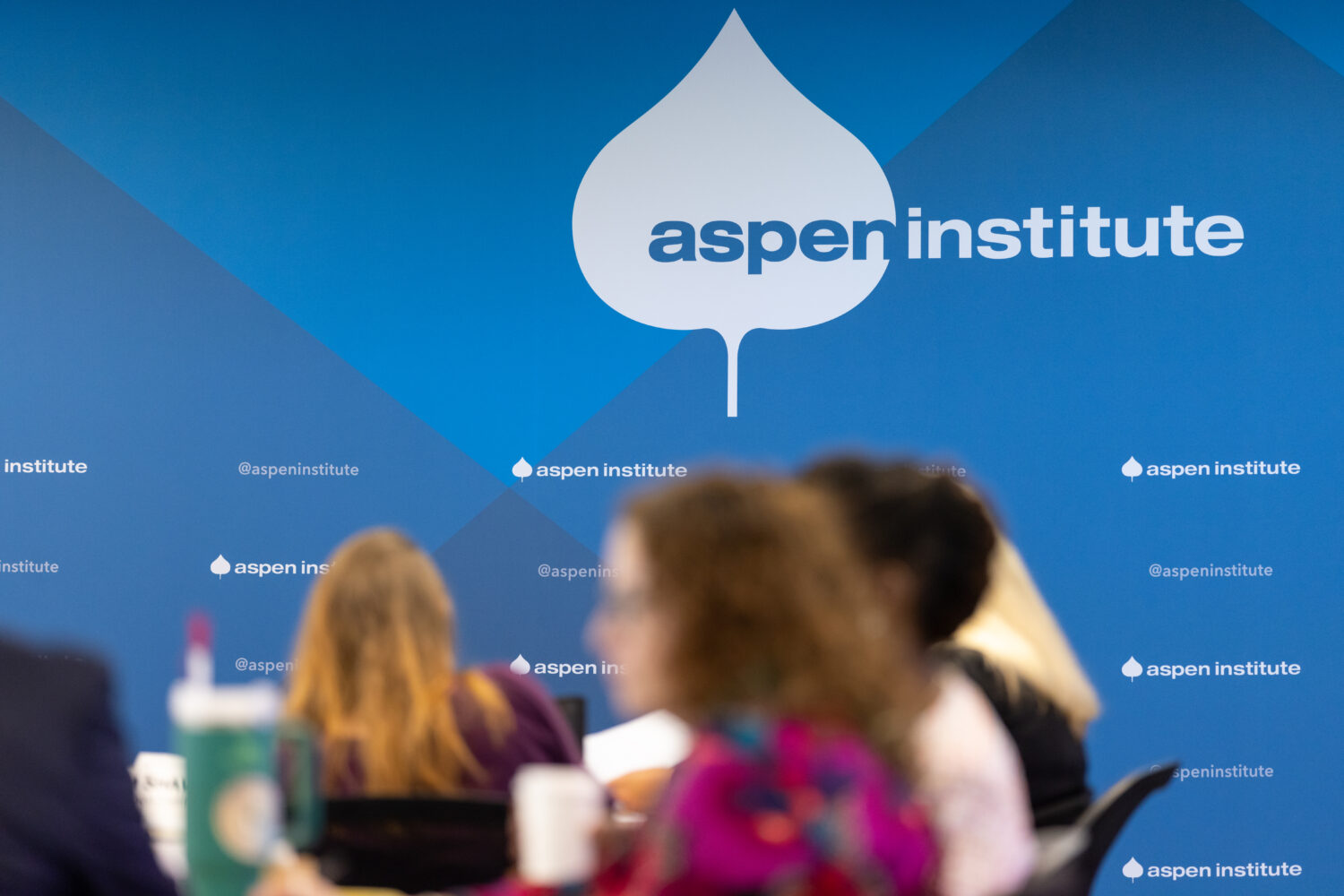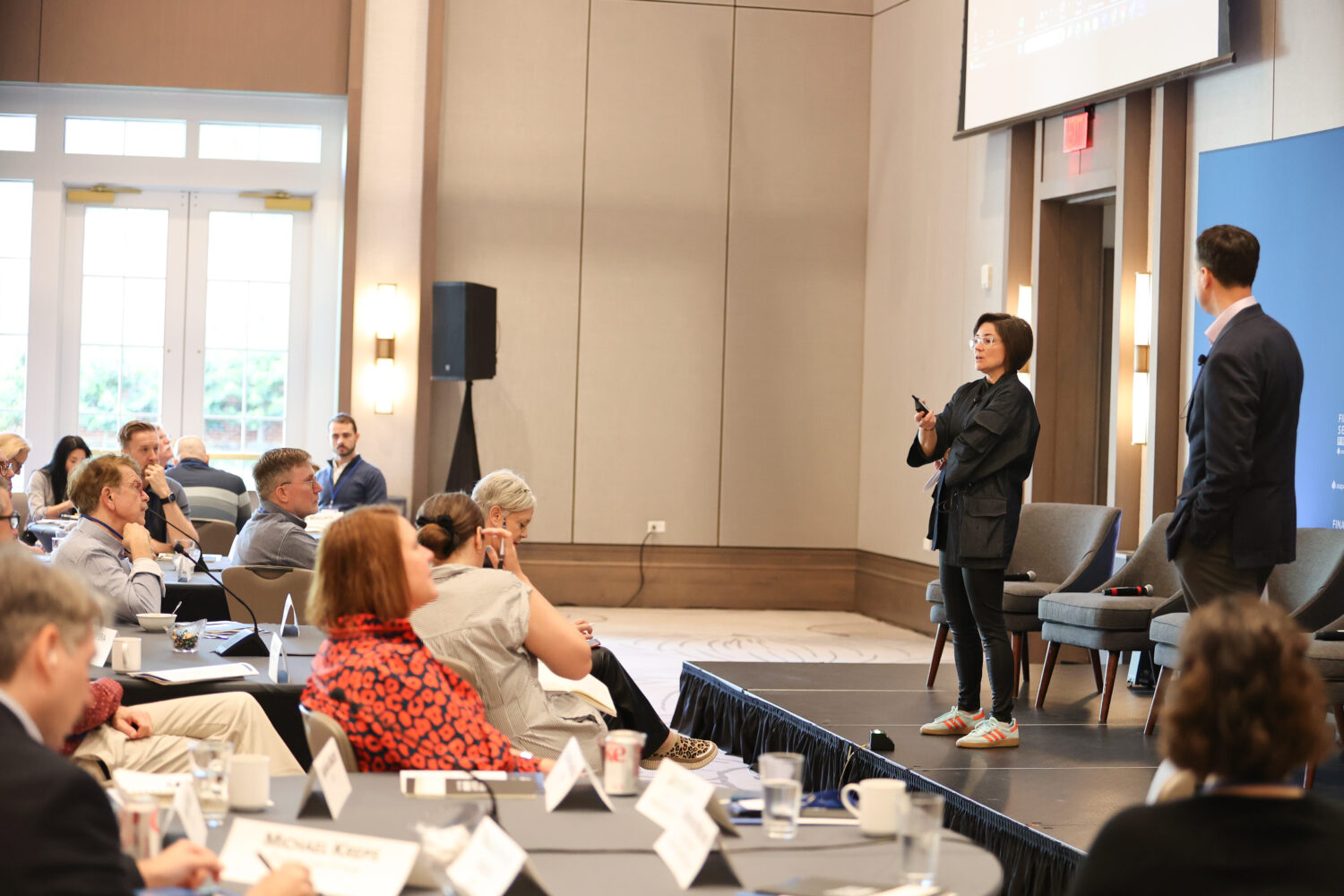Designing for People, with People: Julia Dale on Creating Benefits Systems that Work
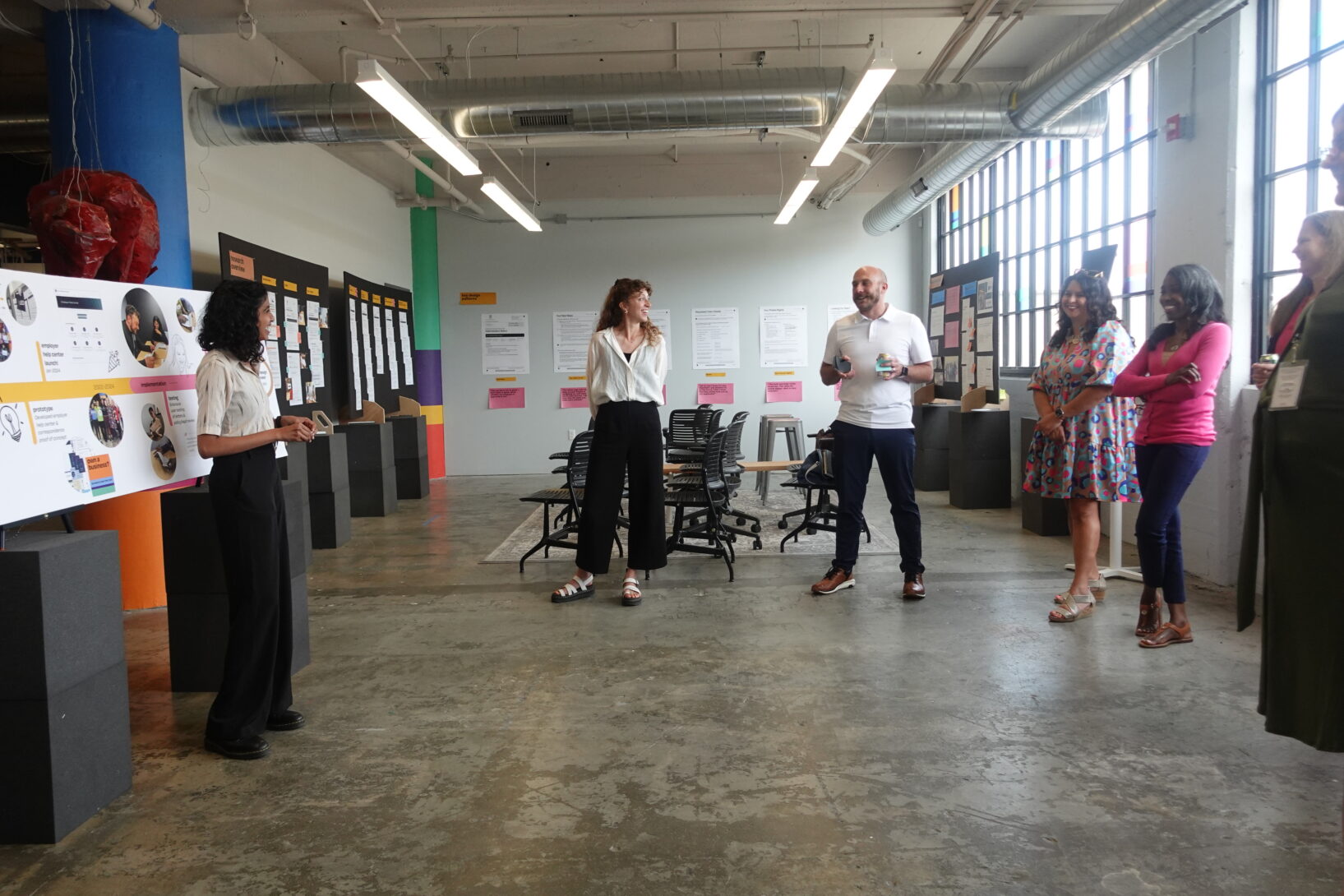
Public and workplace benefits are crucial building blocks for financial security, providing financial stability, protecting income, and building resilience that can keep households on a path to building wealth. Helping people access benefits when they need them increases their participation in our economy and society, and makes our economy as a whole more robust. But historically, the process of applying for those benefits is anything but easy.
Ten years ago, for instance, applying for public benefits through the Michigan Department of Health and Human Services meant facing a 40-page application. The process frustrated 2.5 million applicants annually and gobbled up staff time. A small organization named Civilla, which had researched the experience with applicants, approached MDHHS with their findings.
Together, they launched Project Re:form, with the goal of creating a faster, simpler, and more humane application system. The application itself was trimmed by 80%, and simplified so that 90% of applicants could complete the form unaided in fewer than 20 minutes. Administratively, this led to a 42% drop in end-to-end processing times for frontline staff, and a 75% reduction in staff time spent correcting application errors. It’s become the gold standard for the nation.
In the process of this work, Civilla also provided one of the first case studies of how to deeply embed human centered approaches in the reforms of benefits systems. All of their recommendations flowed directly from research conducted by watching and working with applicants and front-line workers on the existing application system. Project Re:form remains the best-in-class for not just listening to impacted people in benefits service design, but actually engaging them in reforming the systems that affect their day-to-day lives.
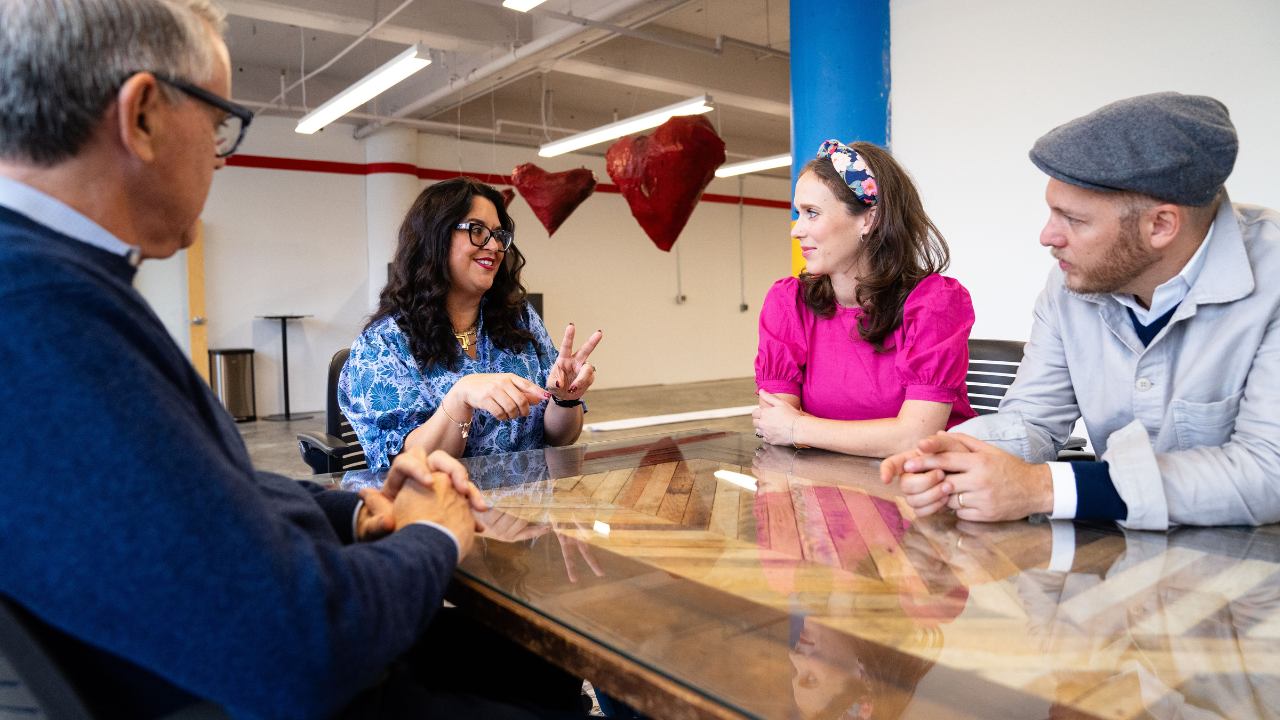
Julia Dale is Civilla’s CEO. That relationship began when she partnered with the organization as a Director of Michigan’s Unemployment Insurance Agency and realized the potential of human centered design. She also has lived experience as a recipient of public benefits, and brings a first-hand understanding of the importance of family financial stability to her job. She’s expanding Civilla’s leadership in using human centered design to reform public service delivery, and is a frequent attendee of events held by the Aspen Institute Financial Security Program, where Civilla is an emerging partner in supporting state leaders as they implement and scale human centered design in their work.
In this interview, Dale speaks about Civilla’s approach, the challenges of the benefits landscape, and the kinds of leaders we’ll need to build a benefits system that truly works for all people.
What’s the problem that Civilla is trying to solve?
Julia Dale: Civilla was born out of a very deep and closely held belief that our public serving institutions can and should work better for those that they serve.
We’re working to change systems that provide services to individuals for the better, whether it’s a nonprofit or a government institution. The approach we take is focused on human centered design, because the policy, the business processes, and the technology restrictions that come into play are often at odds with the actual needs of those seeking benefits. Oftentimes the systems are burdensome, they’re difficult to navigate, they’re confusing, and they often feel like more of a fraud deterrent system than a system that is meant to help people.
Our mission at Civilla is to help navigate those tensions by ensuring that internal and external customers are heard, and their voices are at the center of the process.
What does human centered design mean to your organization?
Julia Dale: First and foremost, it means that our work is rooted in research. We sit down with those users who are providing benefits — caseworkers, frontline workers — and also with the recipients of benefits. So we’re not just designing for people, we’re designing with people. We will sit across from people at their kitchen table to talk with them about their experiences, and we’ll sit down shoulder-to-shoulder with government leaders and frontline staff to talk about how the system is working and how it isn’t. We work with them, together, to co-create a solution that is not only equitable, but is effective and grounded in those real, lived experiences.
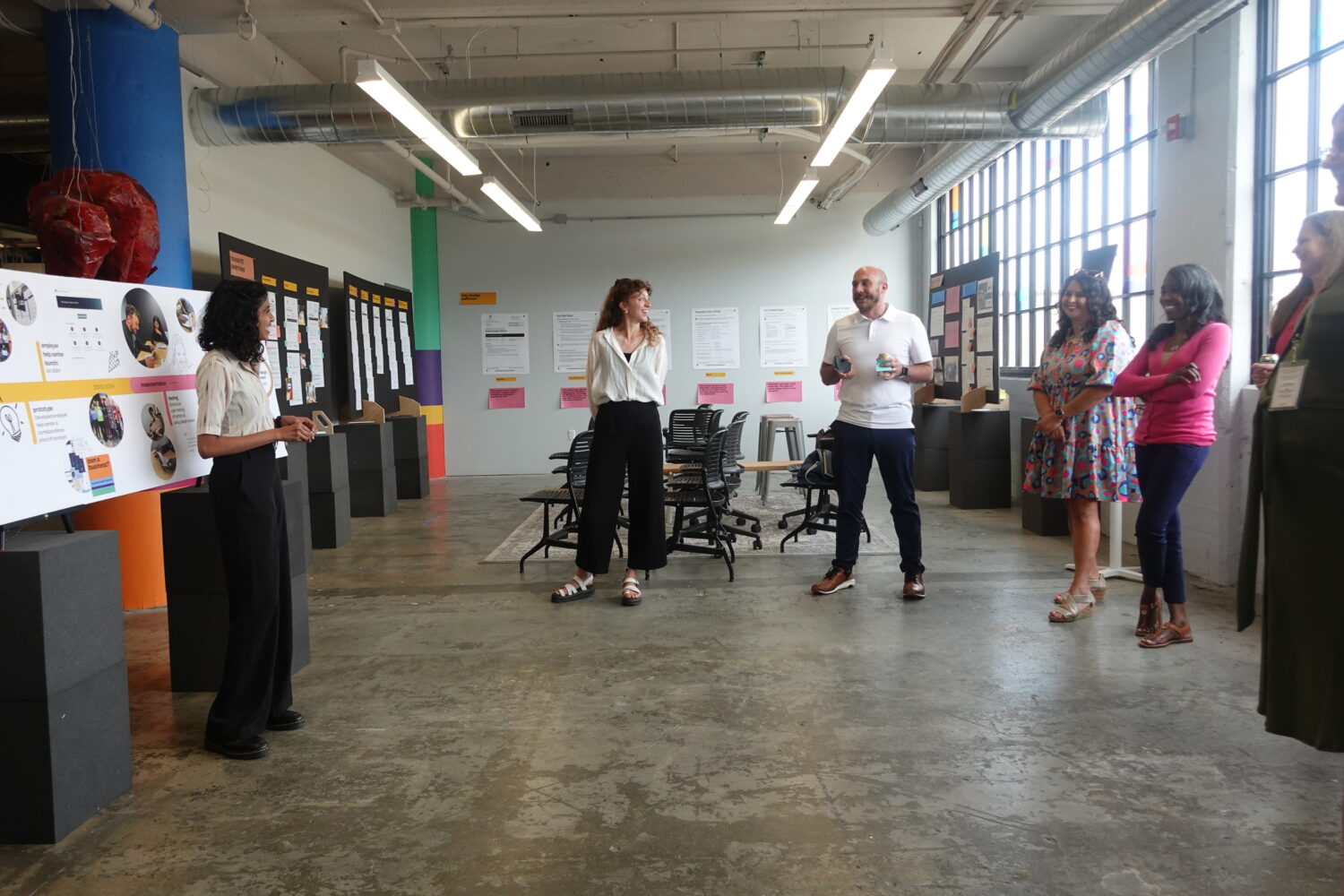
What’s unique about Civilla’s approach?
Julia Dale: One, we design and create from a posture that the work is built to be shared. We have a learning program called Practica, where we equip others to see and think and create solutions from a human centered approach. That way we’re not just coming into organizations and working on a particular project, but are giving them the tools to carry on that work.
The other thing that is so unique about us is that we prototype solutions. We don’t presume that we’re going to listen and get all this research and come up with one solution and, poof, that’s it and we just walk away. We’ll try something and say, does that work? Does this seem like the right fit? Is this really addressing the problems that we’re hoping to address? And if it doesn’t, we take that feedback to inform the changes we make over time.
And finally, what sets us apart from some other design organizations is that we see our work all the way through to implementation. We’re not just handing over a PDF or ideas for what institutions could do. We partner with government leaders to design implementation plans, train front-line workers, and launch these new forms and processes to the public.
What sort of solutions do you deliver?
Julia Dale: Civilla delivers a wide range of solutions around public services and benefits. Everything from user research to designs for forms, letters, and online platforms to knowledge management systems. We help leaders create strategies for their services based on user research and help implement major service design projects as well.
When I was at the Unemployment Insurance Agency here in Michigan, Civilla worked with us on the heels of the pandemic when there was a new IT system coming but that was years down the road. Civilla delivered tools to help workers, including a claimant roadmap that provided six easy steps to navigate the unemployment process.
Civilla also developed an employer help page that provided all the information that employers needed to navigate the unemployment process, pay their taxes, and respond to claims from workers.
We’ve worked with several organizations to transform their forms and correspondence using language that is accessible and easy to understand. We make them easy to navigate, helping organizations reduce error rates in filings that get submitted by residents. We apply those same principles to portals and frontline pages.
And then through our Practica program, we offer trainings tailored to what it’s like to work in government, so leaders and frontline workers can learn the strategies we use in all of our projects and apply them to their own work.
How do you find the programs you work with?
Julia Dale: It’s often through word of mouth. People have heard of the work we’ve done, especially the work here in Michigan, and that’s allowed us to have a great experience when it comes to deciding where and when we’re going to partner next. We are really striving to work with courageous leaders who are invested in long haul work.
It’s never our desire to merely have some type of transactional vendor relationship. Civilla is a really small organization compared to some of your big-box vendor approaches. We are 25 strong, and that’s one of the great things about us. Our impact comes from deep partnerships and long-term work with agencies, both on specific projects and on the overall culture of their institution.
What’s the process for beginning work with a program?
Julia Dale: It’s a very different process from my experience partnering with vendors when I was in state government, so we really take them through step-by-step to make sure that they have a keen understanding of how Civilla works. We have a small design studio space located in Tech Town Detroit, and we walk prospective partners through the installation we have there to help them understand the importance we place on user research and prototyping.
We take a very iterative approach. We don’t just start with a list of business requirements and take a transactional approach by ticking all the boxes. People will often come to us with what they think the problem is, but when we do the research, we find there might be another question, or that we may need to think about the problem a little differently.
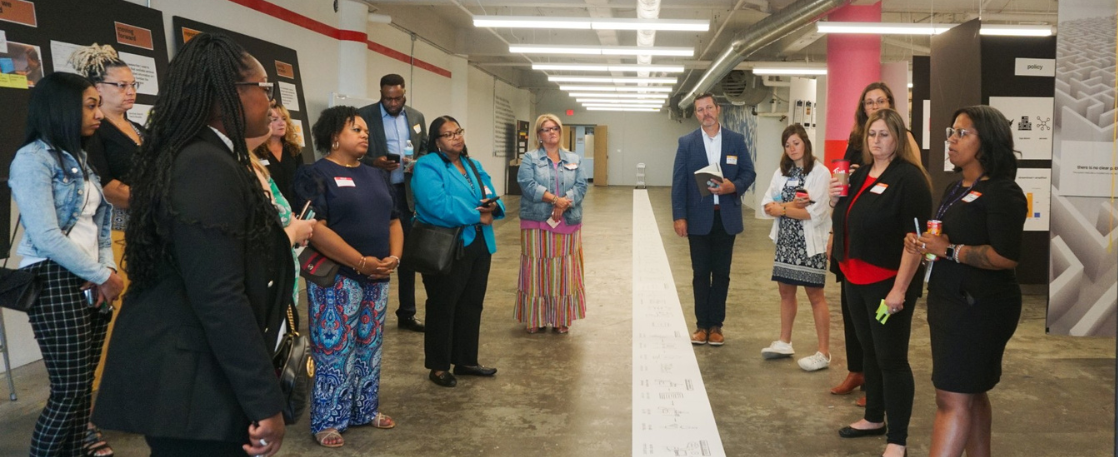
What role does storytelling play in your process?
Julia Dale: We put a lot of importance on storytelling. After we gather all that research, we bring in the state leaders or the public institution leaders and share with them the stories of user experiences with the system.
In one instance, one of the stories we heard was that when a particular system went down — and it went down two or three times a day — the caseworkers had to click through 68 pages to get to the spot where they left off. You can imagine being an applicant going through that benefits process, gathering all the information you need, and finally sitting down with a caseworker to work through your claim and then have that happen. And then multiply it by thousands. And of course it’s incredibly frustrating for the caseworkers, too.
So when we were talking with administrators about building a system that is more streamlined, nothing helped them understand the barriers that their staff members experience more than having a lead administrator actually hit that button on that computer 68 times. There is a muscle memory from hitting that button, and now that lead is experiencing it just as those workers do. That’s a type of storytelling we do.
I also share about my own personal experience and how that drives the work that I do. I was a child of a single mother, who grew up in a small town where one of my classmates was bagging my mom’s groceries while she was paying with food stamps. And I remember the shame that was associated with that experience.
The heart of what we do at Civilla is lifting up those human stories, pulling back the shame that can be associated with those experiences. And it allows us to create a shared vision about what can be.
What initiatives are you really excited about right now, and what obstacles are you facing?
Julia Dale: We’re excited about working with Aspen Institute Financial Security Program and its State Benefits Leadership Cohort, and talking with other states about what potential exists for collaborating across states to multiply these principles and approaches, making them accessible to recipients outside of Michigan. Bringing multiple states together to build best practices is a challenge no one’s really conquered before. How do we learn from each other, and how do we build a functionality or a tool that can serve many people across borders?
I don’t think it would be a surprise for many of your readers to understand that even within individual states, agencies can be very siloed in the information they share, the work that they do, and the systems that they have. So when we think about doing work that crosses borders, across states, we know that we need leadership that is committed to finding an approach that can serve everyone.
It’s also just recognizing that even as leadership changes and administration changes, you still have to have individuals with their hands on the work, who are really committed to seeing an initiative like this through.
What’s the landscape of public benefits right now, and what gives you hope?
Julia Dale: What we are seeing first and foremost is that the complexity has increased as we see a shift in priorities from one administration to the next. You see a shift in focus, and in where the money goes.
I think that hunger for change is going to continue to grow as the complexity grows, and so we need to think about what it would look like to build a system that actually works for people. But I think we’re going to see a shift in who’s asking. The states are going to be driving the innovation. They’re not just going to be focused on making forms shorter or websites simpler or language clearer, but they’re going to be thinking very broadly about how to make these systems different.
We’ve got to continue the momentum, even in the midst of the complexity that we’ve seen over the last couple of years. It’s easier to keep momentum than to build it back up again if it dies down. I think it’s really going to come down to the states to continue to drive that momentum for change in public benefits delivery. And it’s going to require a lot of courageous leaders with a lot of strategic vision.


